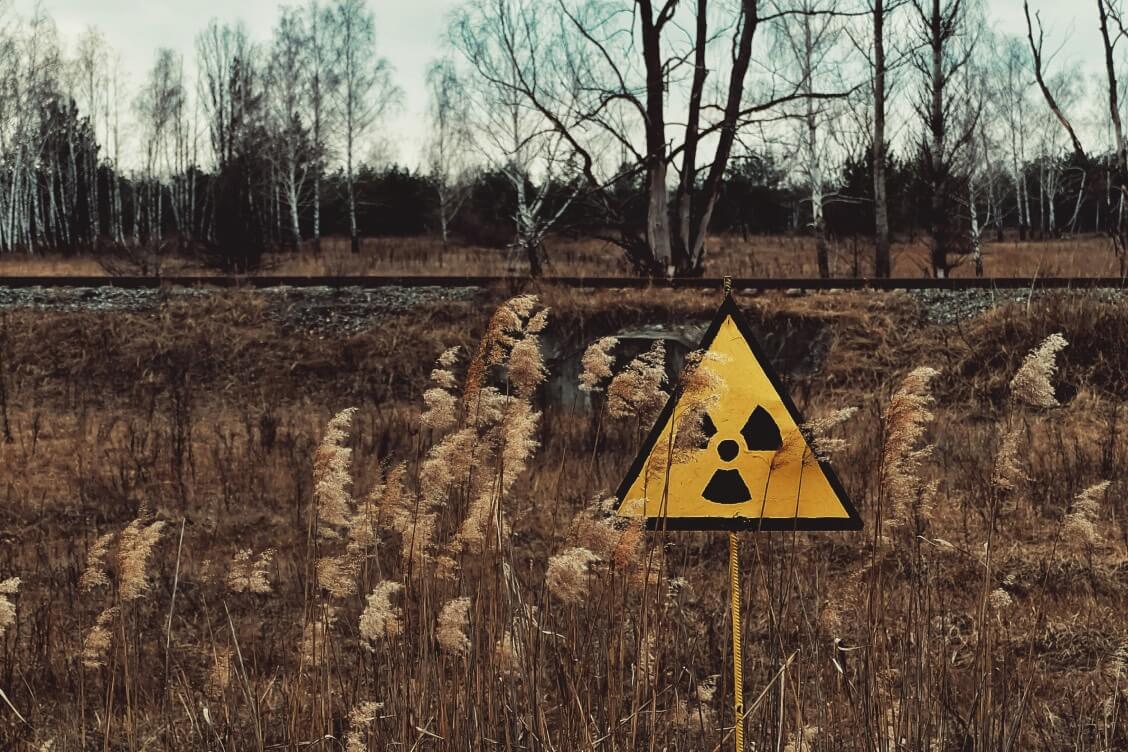Caesium-contaminated area shrunk to 12 percent of Belarus – official

April 22, Pozirk. Thirty-eight years after the accident at the Chernobyl Nuclear Power Plant, the area contaminated with caesium-137 has shrunk by a factor of 1.8 to 25,500 sq. km, or 12 percent of Belarus’ territory, said Leanid Dziedul, the first deputy head of the country’s radiation safety department Dziaržatamnahlad.
He told a press conference in Minsk that 1.5 million hectares of forests and about 19,000 hectares of agricultural land are contaminated with caesium-137 at the level of 1 curie per sq. km.
There are 2,022 settlements with about 930,000 people, including 185,000 children, in the contaminated zones of all regions except Viciebsk.
Dziedul said that the radioecological survey of these settlements will be completed in 2024–2025, and in early 2026 their list will be adjusted by a corresponding government directive.
The government allocated three billion rubels for the 2021–2025 state program for overcoming the consequences of the Chernobyl accident. Eighteen percent of these funds are earmarked for radiation safety measures.
The accident at the Chernobyl Nuclear Power Plant, the largest man-made disaster in human history, occurred on April 26, 1986.
Although the plant is located in Ukraine, Belarus was the hardest hit with more than 70 percent of the radioactive fallout contaminating its territory.
Also read: Health officials keep finding radioactive mushrooms and berries 37 years after Chernobyl
- Economy, PoliticsLithuania arrests Belarusian suspected of loan fraud, illegal high-tech exportsThe material is available only to POZIRK+
- Economy, PoliticsEconomic integration with Russia threatens Belarus’ sovereignty – analysisThe material is available only to POZIRK+
- SocietyPolish prosecutors investigating death of Belarusian journalist MiełkazioraŭThe material is available only to POZIRK+
- Economy, PoliticsMinsk orders Russian online retailers to stop selling Italian pastaThe material is available only to POZIRK+
- PoliticsRights groups designate 23 new political prisonersThe material is available only to POZIRK+
- Politics
- Politics, SocietyŁabkovič: jailed dissidents face torture-like conditions in BelarusThe material is available only to POZIRK+
- EconomyBelarus plans to connect third nuclear plant unit to grid in 2035-38The material is available only to POZIRK+
- Politics
- PoliticsRights defender appeals to Trump administration to secure release of all Belarus’ political prisonersThe material is available only to POZIRK+
- Economy
- SocietyViciebsk police arrest local man for making handgunsThe material is available only to POZIRK+
- EconomyInformation ministry reminds individual entrepreneurs engaged in publishing to register companies before January 1The material is available only to POZIRK+
- EconomyEurasian bank links Belarus’ industrial downturn to sagging demand in RussiaThe material is available only to POZIRK+
- Society
- PoliticsŁukašenka to Putin: Belarus, Russia to settle “one or two issues”The material is available only to POZIRK+
- Society
- Politics, SocietyBelarus deports 3,000 foreigners since year's start – interior ministerThe material is available only to POZIRK+
- PoliticsŁukašenka to meet with Putin during working visit to RussiaThe material is available only to POZIRK+
- Politics


